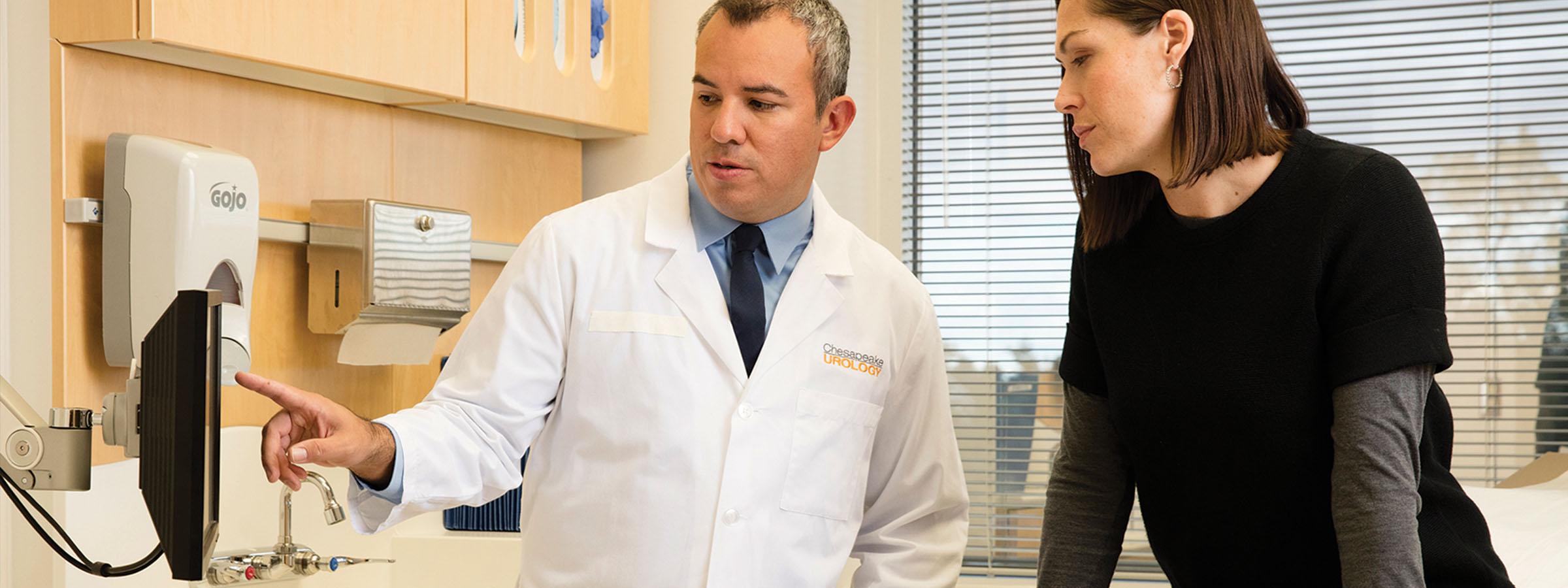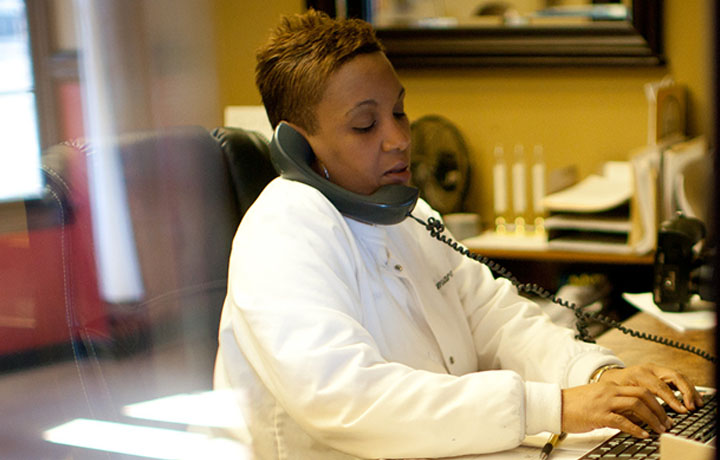Article
Marketing with patients in mind
By Erin Graham | June 14, 2018

Coming from the consumer space, Schnably viewed healthcare's standard marketing strategy — show them how great you are, and they will come — with a jaded eye.
“At that time, healthcare seemed like the last business to understand the concept of the customer experience," she says.
Her mission: Bring Chesapeake Urology into the consumer-centric universe of marketing where, as Schnably told her doctors, “You are vital to our practice and to our patients, but it's really not about you. It's about patients."
Joining forces with Chesapeake Urology's head of human resources to launch a fundamental shift in approach, Schnably advocated for a new mission statement: Ensure every patient has a superior experience.
And that, she says, “drove everything we did going forward."
Welcoming female patients
Like most urology practices, Chesapeake Urology's patient population skewed heavily male, and likewise, the perception among most consumers was that “urology is for men," says Schnably. The group's décor, advertising, website and even their waiting rooms expressed a practice designed for men.
Yet, a third of Chesapeake Urology's patients were women — who represented a growth opportunity.
So, the practice created a Women's Personal Health program to educate patients on the female conditions that urologists treat. Then, it hired several specialists fellowship-trained in female urology, many of whom are women.
Next, Schnably focused on the quality and character of physicians' relationships with patients. Her focus groups revealed that while male patients want to get in and get out of appointments, women value conversation and connection with their physicians. So, she worked with physicians to build a habit of keeping the quality of each patient's experience at the forefront in every encounter.
“It was mindset change that led to behavioral change," says Schnably.
To track that change, the group measures satisfaction via the Net Promoter Score in every patient survey. Each month, every office, ambulatory surgical center and physician receives their respective NPS rating, along with patient comments.
Patient-centered marketing
With a welcome for women in place, Schnably turned her focus to flipping the group's external marketing from being about Chesapeake Urology to being about all its patients, male and female.
The group launched a new website for women and created advertising and patient education materials targeted to women. Office space was also redesigned to be gender-neutral, with soothing music replacing TVs turned to cable news in waiting areas.
The new website and materials also focused on specific conditions, as well as genders. “For each condition, demographics are different, people's perceptions are different, and the psychology of what people deal with is different," Schnably says. “We wanted to speak directly to them and let them know we understand how this condition is changing their life."
How groundbreaking is Schnably's approach?
While personalized marketing for a targeted audience is nothing new in 2018, “in the healthcare space, this hasn't been the default — it's been about promoting product first by talking about yourself and your services," says Chris Bevolo, executive vice president of healthcare marketing agency ReviveHealth and author of "Joe Public III: The End of Hospital Marketing." “It can be difficult to go out there in a customer-centric way, putting the audience first. Often, physicians don't think that way."
Chesapeake Urology, says Bevolo, “is way ahead of the game."
The platinum rule
At Chesapeake Urology, personalizing communications with patients, whether on the website or in the exam room, has paid off. “Our female patient base continues to grow year after year," says Schnably. “More and more women understand that urology is not just for men."
As the organization continues to acquire practices across Maryland and its first out-of-state practice in Knoxville, Tennessee, patient-centric marketing will create a unified experience at its 11 locations.
“Have you heard of 'the platinum rule'?" asks Schnably. “'Do unto others as they expect you to do unto them.' And that is what the patient experience should be. It's not what you want to give them. It's what they want, expect and deserve."
Erin Graham is a frequent contributor to athenaInsight.







